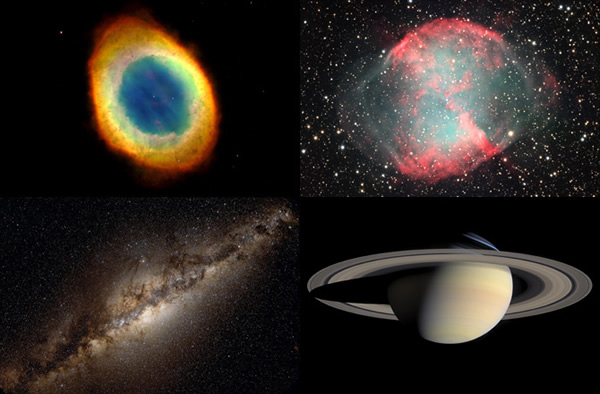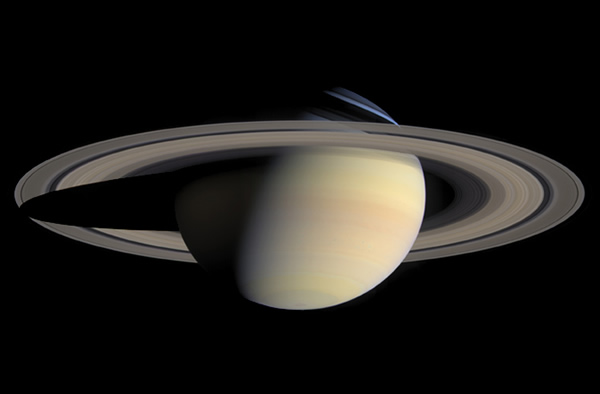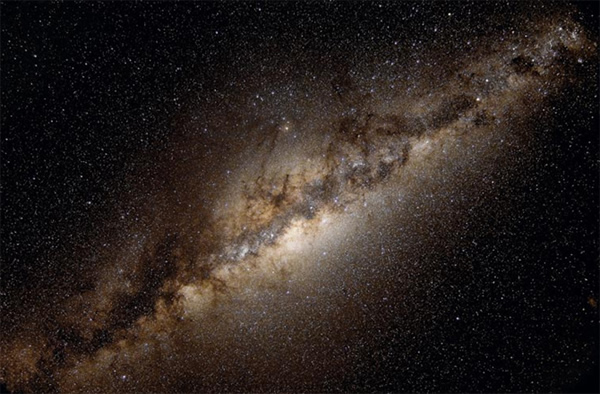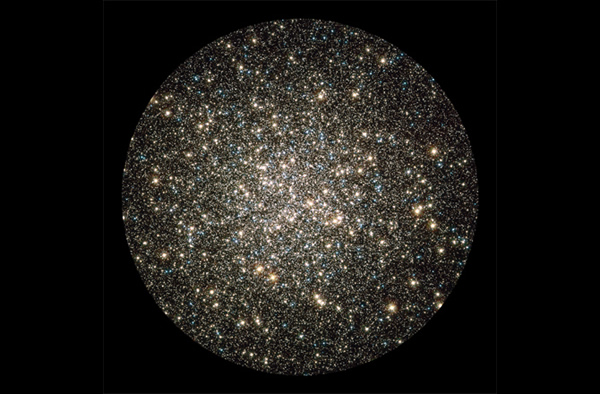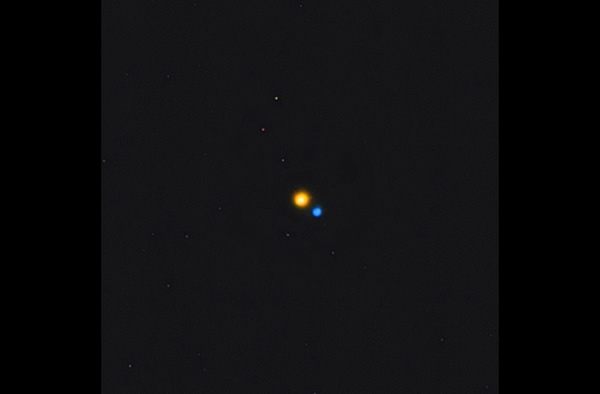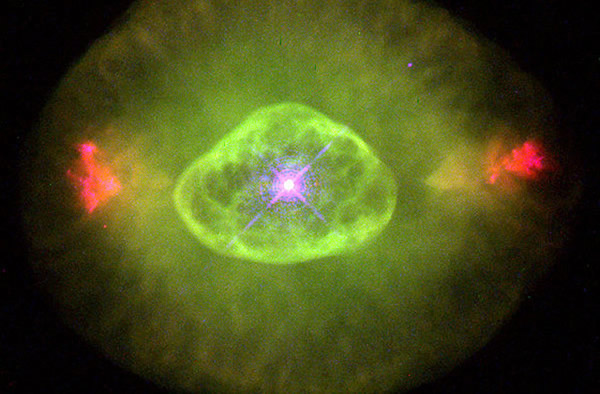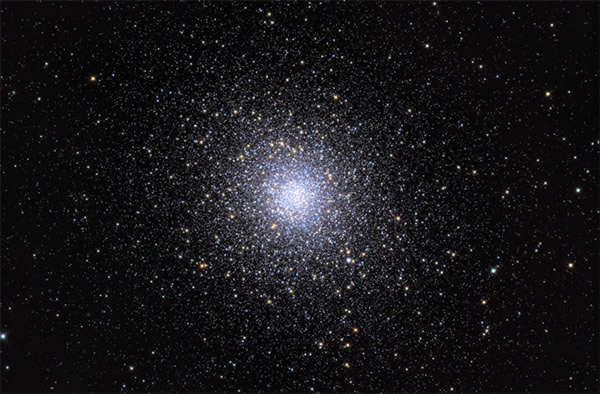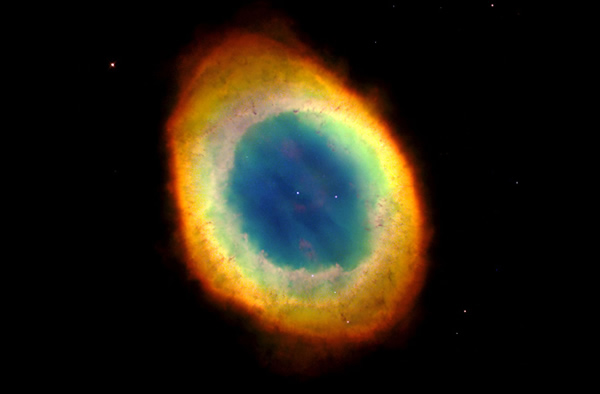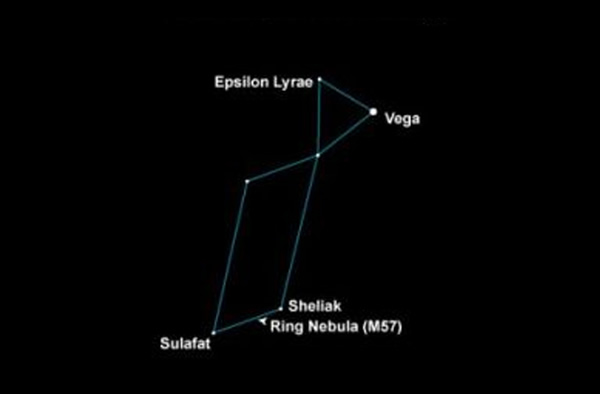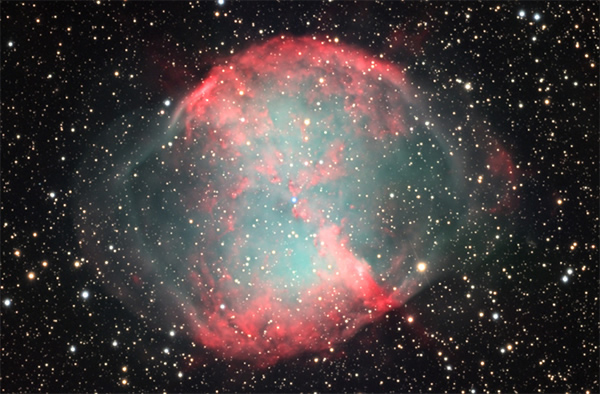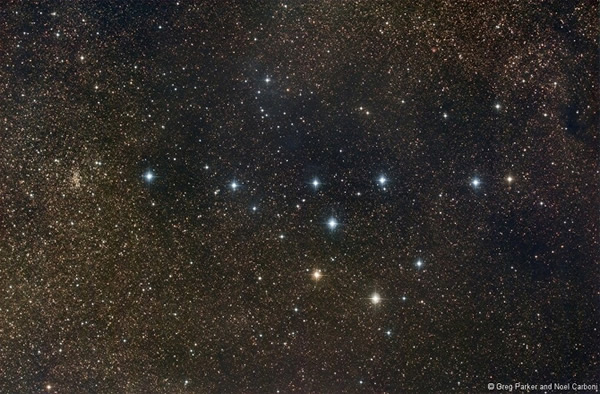Top 10 Treats for Summer Astronomy
Top 10 Treats for Summer Astronomy
T-shirt astronomy treats.
The Spring and Summer Northern Hemisphere skies play host to some real treasures for anyone willing to hunt them down. It is also a great opportunity to do some astronomy without being wrapped up in thermals, fleeces, hats and gloves -- Spring and Summer astronomy can be really quite pleasant. The downside of course is that you have to wait a little longer for the sky to get dark, if indeed it does get sufficiently dark at your location.
Even so, take the time to get out in the warmer months ahead to hunt down these astronomical beauties.
Saturn
Saturn as imaged by NASA's Cassini probe.
The first object in my top ten treats for "T-Shirt Astronomy" is only a visitor to the summer sky; the beautiful and enigmatic planet Saturn. It is easy to spot to the south east of the bright star Spica in Virgo. Telescopes that can magnify more than 20 times will reveal the stunning ring system and if you are lucky one or two of the planet's moons. There isn't often much obvious detail on the planet's disk but keep an eye on it as the odd storm brews up, which can occasionally be seen as a white oval.
The Milky Way
The Milky Way as seen from Earth on a clear night.
Depending on the date and time you are observing the orientation of the band of light coming from our galaxy, the Milky Way, can appear very different. It is best to get away from the intrusion of artificial lights to see the Milky Way at its best, which will be seen as a hazy band of light stretching across the sky. The light comes from the billions of stars in our galaxy but look closely and you can see dark patches almost as though something has erased the stars. It is really prominent in the direction of the small constellation Scutum (found to the south west of the brighter constellation Aquila).
M13
The M13 globular cluster as observed by the Hubble Space Telescope.
Arguably the finest globular cluster in the northern hemisphere of the sky, M13 can be found on the western side of the constellation Hercules between Eta and Zeta Herculis. It was discovered originally by Edmund Halley in 1714 but was later cataloged by Charles Messier in 1764. To the naked eye it can be just detected as a fuzzy star but telescopes reveal a glittering swarm of a million stars.
Albireo
The binary star Albireo as observed from Earth.
Almost half of the stars visible in the sky are members of binary or multiple star systems, but one of my favorites has to be the beautiful binary system Albireo that marks the head -- or, more specifically, the beak -- of Cygnus the swan. The star can be seen with the naked eye almost bang in the center of the 'Summer Triangle (Albireo, Deneb and Altair) but even a modest telescope will reveal that the two component stars are yellow and blue. Truly a spectacular sight.
The Blinking Nebula
NGC 6826 is otherwise known as the 'Blinking Nebula' -- as seen here by the Hubble Space Telescope.
A great object of interest for telescope owners is NGC 6826, otherwise known as the Blinking Planetary Nebula. It can be found about 10 degrees to the west of Deneb, the star marking the tail of Cygnus the swan. The trick with this planetary nebula is to look first at the central star with a medium power eyepiece until the surrounding nebulosity fades from view. Now glance away from the central star and the nebula pops back into view. Look back at the star again and the nebula fades. This is not wizardry, it's simply the way the eye works.
M5
The M5 globular cluster as seen by the Hubble Space Telescope.
Overshadowed by M13, M5 is an often overlooked globular cluster but there is little separating the two. Like M13, M5 can be just seen with the naked eye and to find it you must first locate the red star Arcturus in Bootes. From this, find the star Zeta Bootis to the south east by about 10 degrees. M5 is found if you extend the line between the two stars and extend it down about twice the distance. Its age is estimated to be about 13 billion years old, which would make it one of the oldest clusters in our galaxy.
M57
M57 -- or the Ring Nebula -- as observed by the Hubble Space Telescope.
It is rare that objects in the sky actually look like their name suggests they should look. The common name for M57 is the Ring Nebula and it really does look like that. A pair of binoculars will just about reveal it as a fuzzy star but a telescope will allow you to see the ring shape of the nebula with its dark central region. The ring structure is a little misleading as it is the remains of a star which exploded a little under 2,000 years ago, so, in reality, it's more ellipsoidal in shape.
Epsilon Lyrae
The location of the double-double star system Epsilon Lyrae in the night sky.
Stars hold many surprises, not least when you point a telescope at one of them only to find it is actually a beautiful multiple star system. Found in the constellation of Lyra (not surprisingly), Epsilon Lyrae can be seen to the north west of the bright star Vega. Point binoculars at the system and it will reveal two stars but the higher magnification from a telescope will show the two stars are themselves binary stars. The two binary systems orbit each other taking many thousands of years to complete one orbit about their common center of gravity.
M27
The planetary nebula M27 -- or the 'Dumbell Nebula.'
Unlike the planetary nebula M57, M27 appears more like a dumbbell in shape rather than a ring, indeed its common name, the Dumbbell Nebula, was inspired by its appearance. About 1,200 light years away, M27 is found in the small and fainter constellation Vulpecula and its location can be easily pinpointed by sweeping the area with binoculars to find a small fuzzy patch. At the center of the nebula are the remains of the star, a white dwarf, which has a surface temperature of around 85,000 degrees Kelvin.
Coathanger Cluster
The Coathanger Nebula.
Almost halfway between Vega in Lyra and Altair in Aquila is a great binocular object, the Coathanger Cluster. Binoculars easily pickup 10 of the 30 or so stars in this cluster that is spread over an area of sky about twice the size of the full moon. As its name suggests, the appearance of the cluster bares striking resemblance to a coat-hanger. Most of the stars in the cluster are white / blue in color but one of the stars stands out nicely as a cooler orange star.
Apr 2, 2013 09:00 PM ET by Mark Thompson
